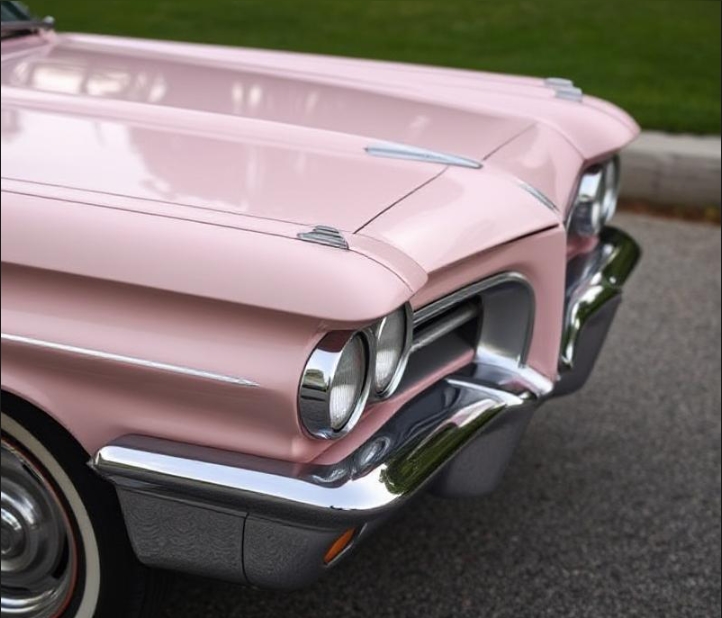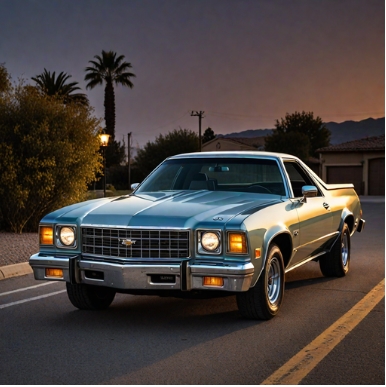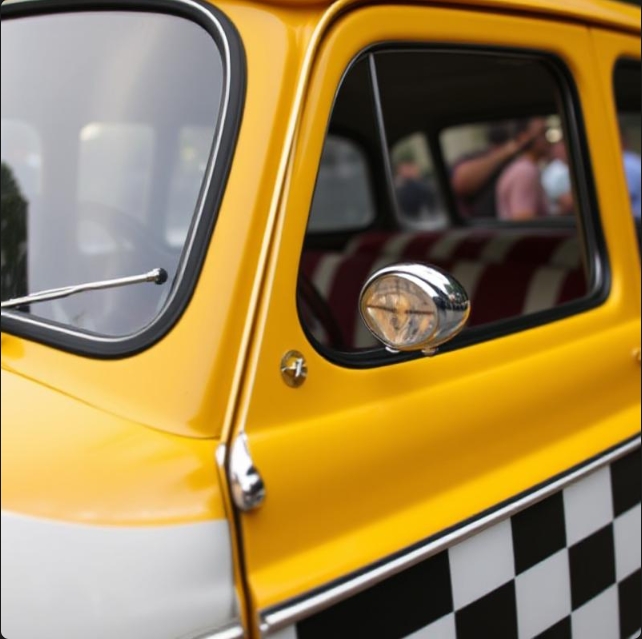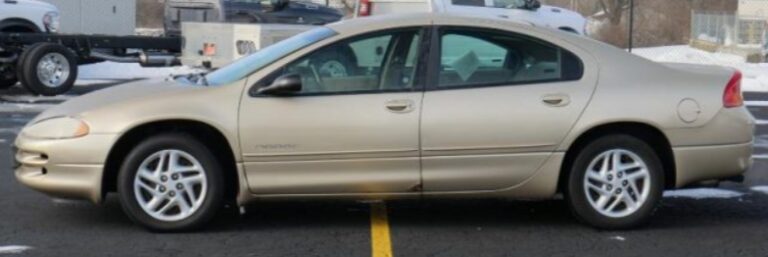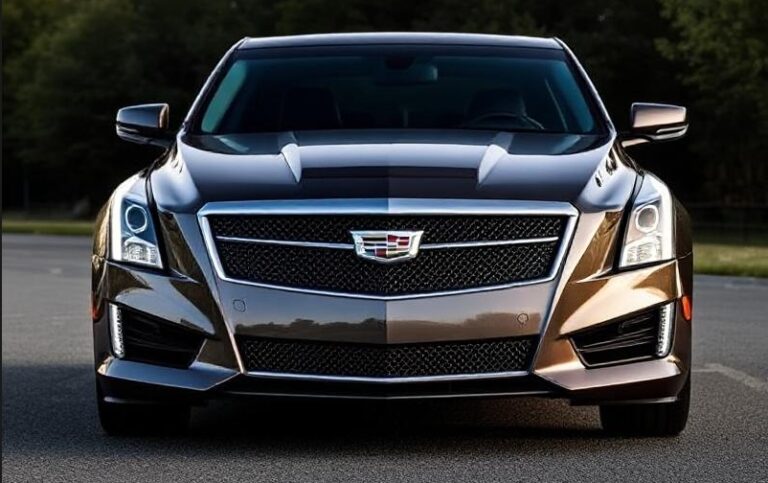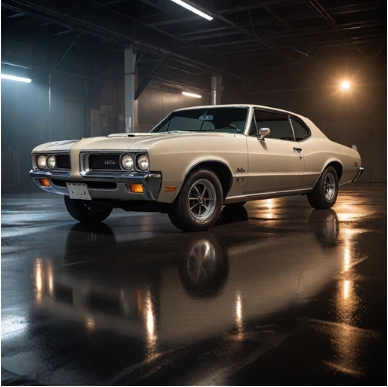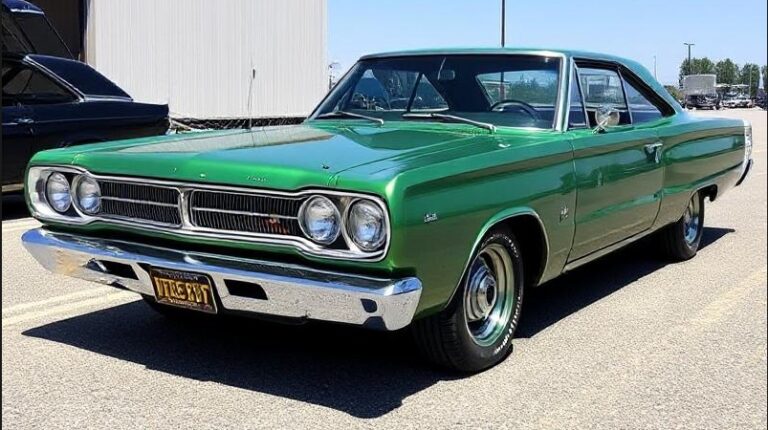The Evolution of the Pontiac Catalina: A Classic American Automobile
The Pontiac Catalina stands as a testament to the evolution of American automotive design and engineering. Launched in the late 1950s, the Catalina became emblematic of Pontiac’s ambitions to build stylish, performance-oriented vehicles. Over its production run, which spanned from 1950 to 1981, the Catalina underwent numerous transformations, reflecting changing consumer tastes, technological advancements, and design trends.
1950-1959: The Birth of the Catalina
The Pontiac Catalina was introduced in 1950 as a higher trim level of the Pontiac Chieftain. It marked Pontiac’s entry into the hardtop market, distinguishing itself with contemporary aesthetics and an attractive price point. The initial models were powered by a 239.4 cubic inch inline-six engine, with an optional 256 cubic inch V8 offered in later years.
In 1956, Pontiac transformed the Catalina into a more distinct model. The 1956 Catalina featured dramatic styling, a hood ornament, and notable chrome accents. Throughout the late 1950s, the Catalina lineup expanded. Key models included:
- Catalina Hardtop Coupe
- Catalina Sedan
- Catalina Station Wagon
Highlighting the era’s performance-oriented trends, the 1959 Catalina featured a sleek, elongated design and a powerful engine lineup, with a standard 389-cubic inch V8 capable of producing 315 horsepower.
1960-1969: The Full-Size Revolution
The 1960s ushered in a new era for the Pontiac Catalina, with a full redesign that emphasized size, comfort, and power. The 1961 model introduced features such as a wider track, a longer wheelbase, and elegantly sculpted lines, contributing to its aerodynamic efficiency.
Throughout this decade, the Catalina solidified its reputation for high performance and styling. The major variants included:
- Catalina Hardtop Coupe
- Catalina Convertible
- Catalina Sedan
- Catalina Station Wagon
The mid-60s introduced the popular “Wide Track” design philosophy, which provided enhanced stability and a bolder stance. The 1965 Catalina, for instance, was offered with an array of engine choices, including a 421-cubic inch V8, which was aimed at performance enthusiasts.
By 1967, the Catalina was fully embracing the muscle car movement, with the introduction of the 1967 Catalina 2+2, a sportier option featuring a more powerful engine and unique styling cues.
.

.
1970-1978: The Larger, More Comfort-Oriented Catalina
In 1970, Pontiac redesigned the Catalina once again, shifting further toward a focus on comfort and luxury. It became larger and heavier and adopted more conservative design elements compared to its predecessors. The available engines included a 400-cubic inch V8 and, later in the decade, a 455-cubic inch V8, highlighting the desire for performance amid changing consumer preferences.
The 1970s saw a variety of models and trim levels, including:
- Catalina Hardtop Coupe
- Catalina Sedan
- Catalina Brougham
- Catalina Station Wagon
By the mid-’70s, the Catalina was embodying the “personal luxury” trend popular among consumers. The introduction of the Brougham trim level catered to buyers looking for more upscale features, such as plush interiors and advanced audio systems.
1979-1981: The Final Years of Pontiac Catalina
The late 1970s marked significant challenges for the American automotive industry, leading to changes in design philosophy and production strategies. The 1977 redesign gave the Catalina a more squared-off silhouette, representative of the styling trends of the time. Engine choices were more limited due to the increasing focus on fuel efficiency, leading to smaller engines being utilized.
The final years of the Catalina from 1979 to 1981 saw a diminishing interest in full-size cars as consumer preferences shifted toward compact and intermediate vehicles due to rising fuel prices and changing lifestyles. Despite this, Pontiac continued to offer appealing models:
- Catalina Sedan
- Catalina Station Wagon
In 1981, amid numerous corporate restructuring moves, Pontiac discontinued the Catalina. The market had shifted, leading to a decline in demand for large sedans, and the focus shifted toward smaller cars, culminating in the end of the Catalina’s storied run.
Legacy of the Pontiac Catalina
The Pontiac Catalina became a cultural icon throughout its production years, appealing to families, performance enthusiasts, and car collectors alike. Its impact can be felt in its robust engineering and stylish designs. The Catalina participated in various motorsports events and established a reputation for being a capable performer on the road, further cementing its place in automotive history.
Car collectors today often seek out specific models and trim levels, particularly those from the 1960s and early 1970s, reflecting a golden age of American automotive history. Notable auctions often showcase high-value Catalina models, particularly the hardtop coupes and the sportier 2+2 variations.
Conclusion
The Pontiac Catalina’s evolution from a straightforward trim level to a full-fledged model encompasses some of the most transformative decades in automotive history. As tastes evolved and the industry faced numerous challenges, the Catalina adapted to reflect changing designs, performance standards, and consumer preferences. Today, it stands as a symbol of Pontiac’s legacy and an enduring representation of classic American automobiles, cherished by enthusiasts and collectors alike.
